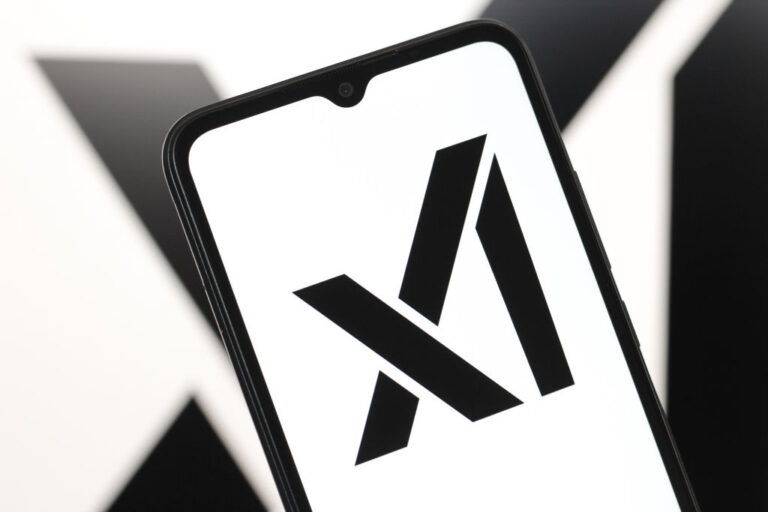DeepSeek’s Revolutionary Reasoning Model Outperforms OpenAI’s O1 on Key Benchmarks
DeepSeek, a pioneering Chinese AI lab, has recently unveiled the open-source version of its reasoning model, DeepSeek-R1, which claims to rival the performance of OpenAI’s o1 on various artificial intelligence benchmarks. This exciting development is set to reshape the landscape of AI technology.
Overview of DeepSeek-R1
DeepSeek-R1 is now accessible on the AI development platform Hugging Face under an MIT license. This means that developers can utilize it for commercial projects without any restrictions. According to DeepSeek, R1 surpasses o1 in several key benchmarks, including:
- AIME: Evaluates model performance using other models.
- MATH-500: A compilation of word problems designed to test reasoning abilities.
- SWE-bench Verified: Focuses on programming-related tasks.
How DeepSeek-R1 Works
As a reasoning model, R1 has the unique capability of self-fact-checking, making it less susceptible to common pitfalls that often hinder AI performance. However, it typically takes longer—ranging from seconds to minutes—to arrive at solutions compared to standard models. The advantage? Enhanced reliability in complex domains such as physics, science, and mathematics.
Specifications of R1
DeepSeek disclosed that R1 comprises a staggering 671 billion parameters, which are indicative of a model’s problem-solving capabilities. Generally, models with a higher number of parameters tend to deliver superior performance. To accommodate a range of hardware capabilities, DeepSeek has also launched “distilled” versions of R1, with sizes varying from 1.5 billion to 70 billion parameters. The smallest version is capable of running on a personal laptop, while the full-scale model requires advanced hardware.
Additionally, R1 is available through DeepSeek’s API at prices that are 90%-95% lower than those of OpenAI’s o1, making it an attractive option for developers.
Regulatory Challenges and Limitations
Despite its impressive capabilities, R1 faces certain limitations due to its origins. Being a Chinese model, it is subject to stringent regulatory benchmarking by China’s internet authorities, ensuring that its outputs align with “core socialist values.” Consequently, R1 will not respond to sensitive topics such as the Tiananmen Square incident or discussions around Taiwan’s autonomy.
Global Context and Competition
The introduction of R1 comes at a time when the U.S. government, under the Biden administration, is considering tougher export regulations on AI technologies intended for Chinese companies. While restrictions already exist on advanced AI chip purchases, the proposed new rules could impose even stricter limits on semiconductor technology and AI model access.
OpenAI has recently advocated for increased support for U.S. AI development, warning that Chinese models could catch up or even surpass American capabilities. In an interview, Chris Lehane, OpenAI’s VP of Policy, highlighted High Flyer Capital Management, DeepSeek’s corporate parent, as a potential concern in this competitive landscape.
The Future of Chinese AI Development
At least three Chinese labs, including DeepSeek, Alibaba, and Kimi (a subsidiary of Moonshot AI), have developed models claiming to rival OpenAI’s offerings. Dean Ball, an AI researcher at George Mason University, noted that this trend indicates a likelihood of continued advancement in Chinese AI labs as they maintain a position as “fast followers.”
Ball emphasized the significance of DeepSeek’s distilled models, stating that their impressive performance suggests that capable reasoning systems will proliferate widely and operate independently of centralized control.
For more insights on the evolving AI landscape, you can visit Forbes or explore related topics on our AI News page.







